Welcome Back, Isaac Clarke
With a remake on the way, it’s important to remember what made Dead Space so special
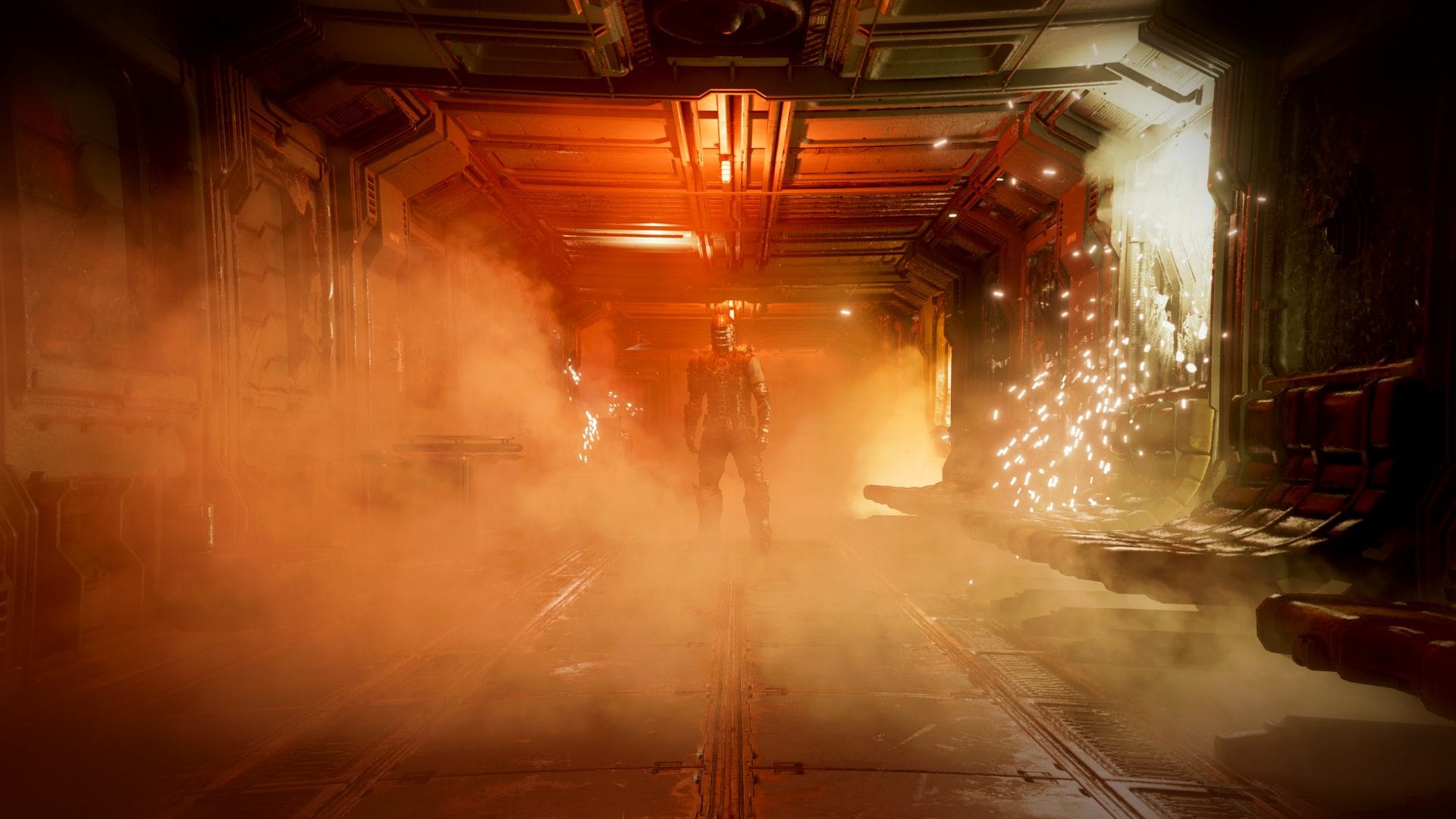
The original Dead Space has aged like fine wine…or a pool of blood depending on how much you remember from it. For a game that explained to the player to “cut off their limbs”, it certainly didn’t disappoint in the gore department. Stomping around the haunted halls of the USG Ishimura in his metal boots, Isaac Clarke managed to rack up quite the kill count. Armed with his iconic plasma cutter, Isaac would blast his way through hordes of the undead on his journey to escape that damned ship.
Isaac had to suffer through an entire trilogy of gut-spilling terror and now EA Motive is working to remake his original journey from scratch with a brand-new engine. I’m sure Isaac is jumping with joy to know that he’s going to be dragged through hell once again. Whilst they work hard on their ambitious project, it’s the perfect time to celebrate what the first entry in the trilogy meant to the survival-horror genre and what EA Motive can learn from it.
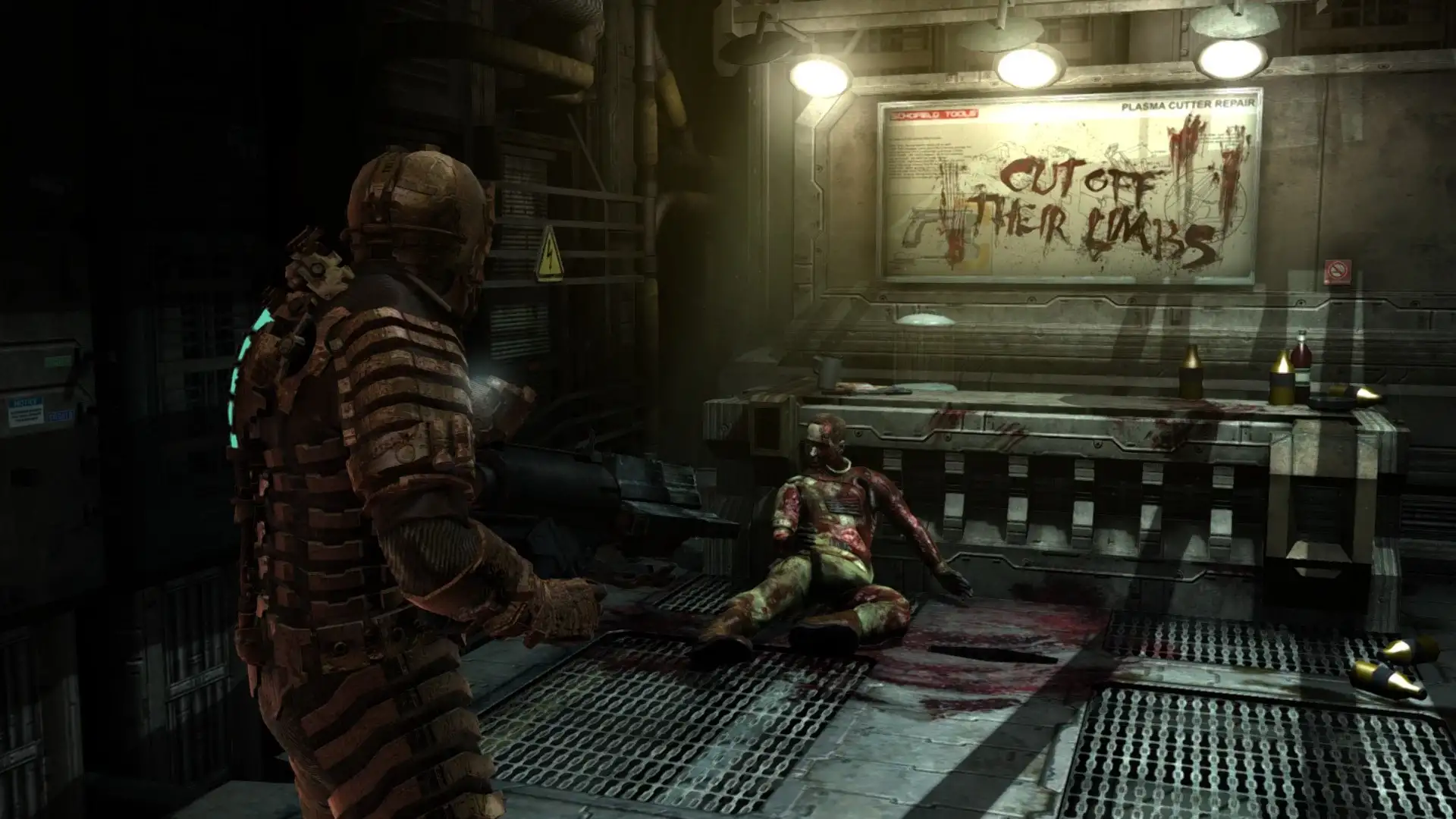
The horror, the horror! The original Dead Space excelled in its subtlety and atmosphere. You didn’t need to read or hear the various logs of data to get a basic understanding of its intense environment. Every mutilated corpse and blood-soaked floor screamed to the player that shit had gone sideways real fast.
Dead Space didn’t just have these things to disturb the player but to paint the tragic tale of an entire crew of innocent people becoming victims to madness. Watching a man with flayed skin bash his brains in against a window just to escape the horror was unsettling, to say the least. Listening to the audio logs slowly unravelled a story of betrayal, loss and insanity. It says a lot when you realise that Isaac and his team had missed out on the most horrific parts, instead only witnessing the messy aftermath.
The genius that is Glen Schofield and his team over at Visceral Games (now sadly a non-existent studio) managed to create something so ambitious and daring that even its own UI needed special attention. Instead of fixing a HUD onto the screen like most games, Dead Space featured a diegetic UI, meaning that everything from your health to inventory was a part of the environment in real-time. Navigating your inventory had a very different feeling when you knew that the game was still running and anything could have jumped out at you.
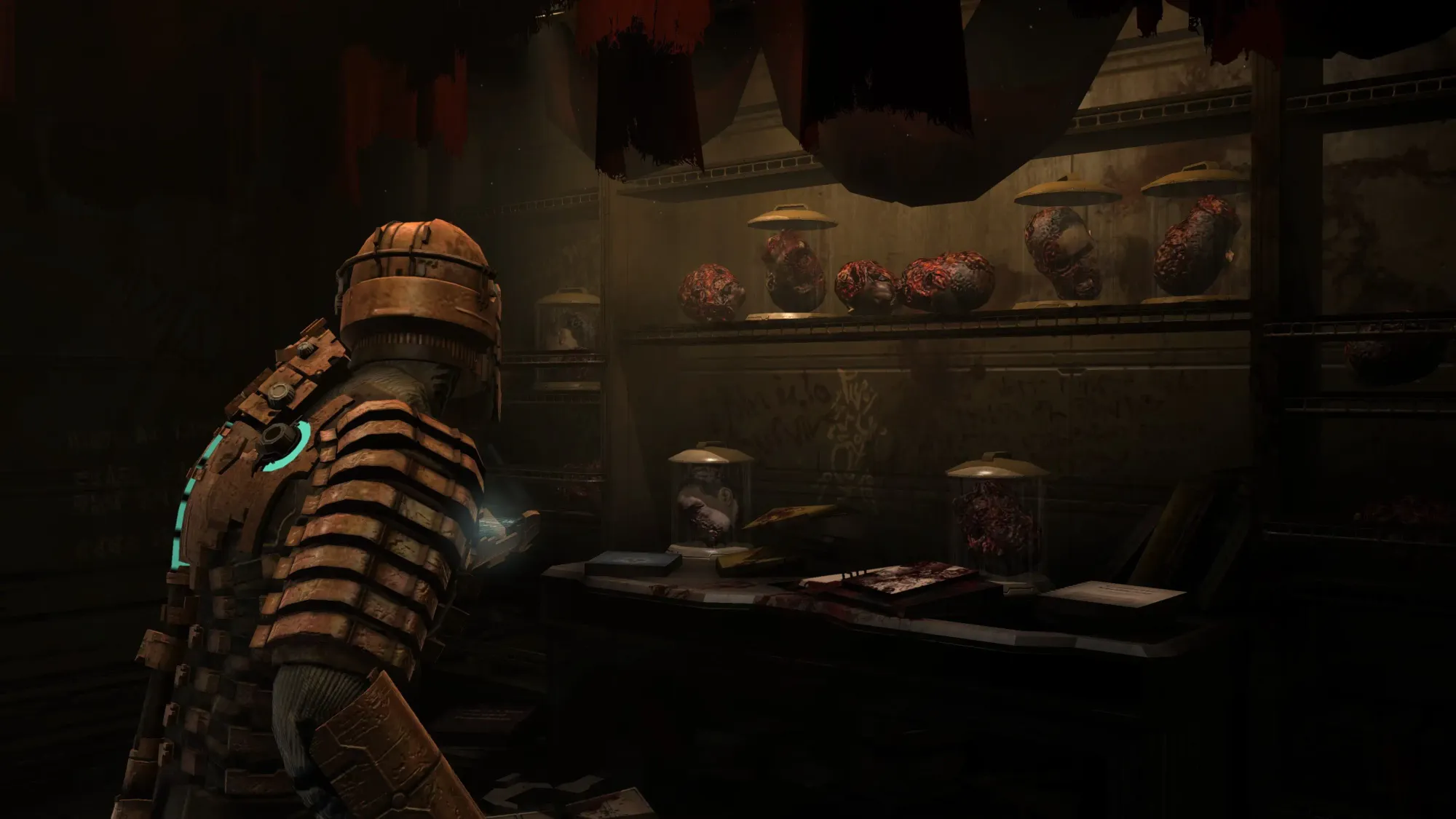
It should be a sin that I’ve made it this far into the article without explaining my adoration of Isaac Clarke. I’ve never felt so attached to a non-voiced protagonist in my life and it’s mainly due to the fact that he isn’t completely voiceless. Hearing his iconic ambient breathing or his bursts of rage as he relentlessly stomps on his foes just makes him feel so real. Most games with non-voiced protagonists take it a little too literally, with the character making absolutely no noise or showing any sign of emotion. You don’t have to give someone lines to read to show what they’re feeling and Dead Space is the perfect example of that.
Dead Space 2, my favourite sequel of all time, gave Isaac an actual script for his blood-soaked adventure, but I wasn’t offended by that. As much as I’ve just been celebrating how he works as a voiceless protagonist, the writing for Isaac in the sequel was incredibly smart and well-made. His attitude towards the situations he found himself in had a slight hint of sarcasm as he trudged his way through yet another nightmare. His outbursts of anger and frustration acted as an outlet for what the player was feeling at the time of playing. The final boss is the perfect example of this, as he shouts out the most perfect “fuck you” that I’ve ever heard in a game.
When developing the original Dead Space, Visceral Games had a rule that they swore they wouldn’t break, which was to design a game that had no cutscenes with every single moment being interactive. One specific moment in the game, where Isaac is dragged by a monstrous tentacle, actually halted development for an entire month due to their dedication to this specific rule. The amount of effort that they spent trying to make a 40-second scene work spoke volumes as to just how serious they were in attempting to make the scariest game possible. It’s a moment that seems so simple and yet it has such an intriguing story behind it.
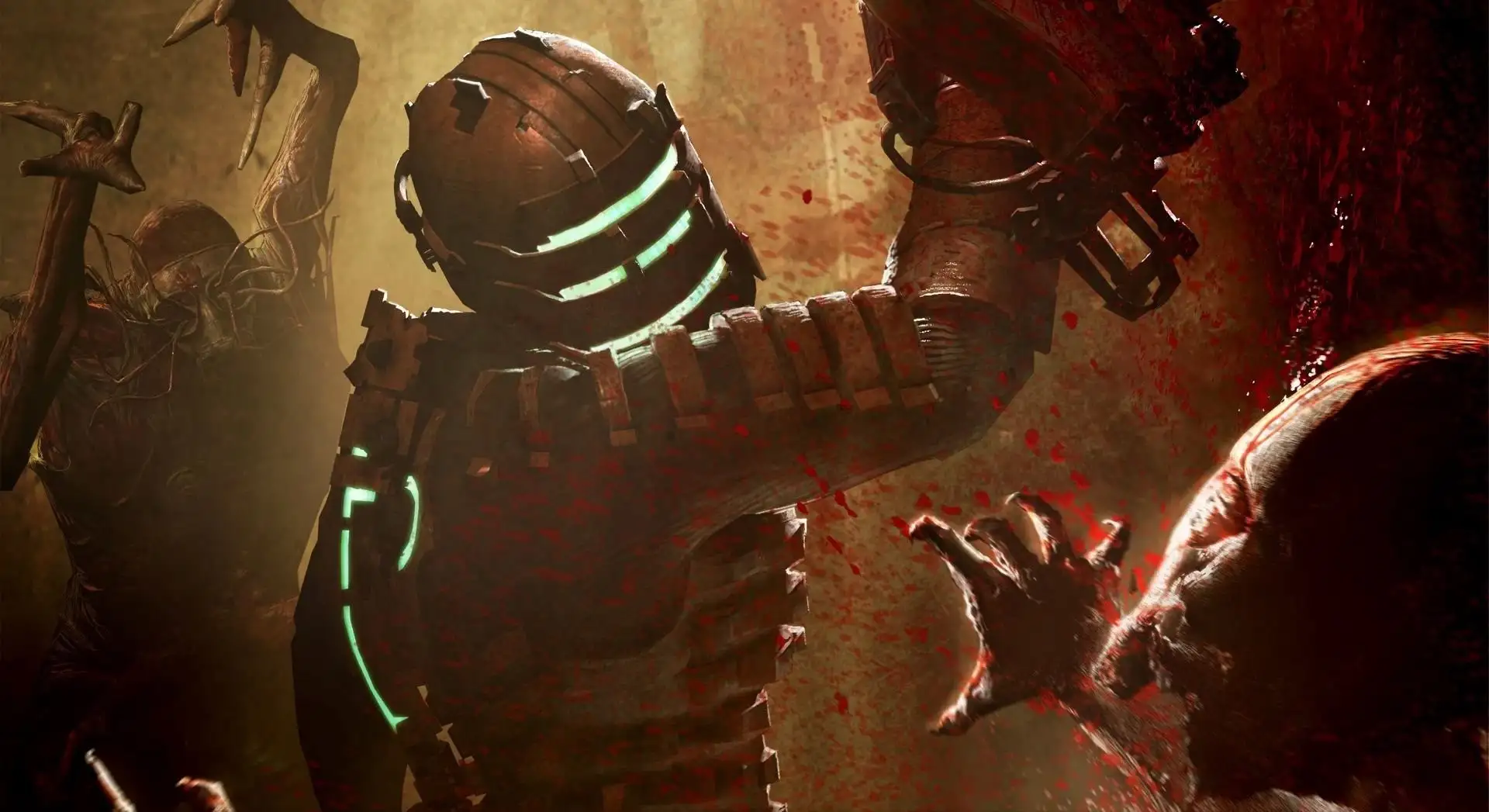
The award-winning sound design still to this day remains the most memorable and scariest element of Dead Space. Visceral Games wanted to focus on the audio from the very beginning instead of just throwing it in at the end of development. They understood that they couldn’t just unsettle the player with their highly disturbing visuals. Don Veca, their audio director, went as far as to go out and record trains screeching through tunnels in order to create haunting effects for the game.
“I have lived in the San Francisco Bay Area most of my life, and was in high-school around the time that the “Bay Area Rapid Transit” system was built, which in one section literally tunnels underneath the San Francisco Bay. I’m not sure why, but for some reason the tracks really scream down there… but in a very “scary” way — lots of high, screechy over-tones, big bottom end, and very dynamic. In later years as a sound designer at EA, I started thinking that this sound would be perfect for a game.” Don Veca (Original Sound Version, 2008)
The mangled, zombified remains of bone and muscle that Isaac had the misfortune to encounter were inspired by John Carpenter’s horror classic The Thing (1982), leaving a huge impact on the way the Necromorphs looked in-game. Their appearance would leave such a haunting and recognisable silhouette that they still manage to give chills all these years later. Their bladed arms became a blur as they rapidly transitioned from a stumbling mess to a frantic freak show that would rush at the player with intense speed.
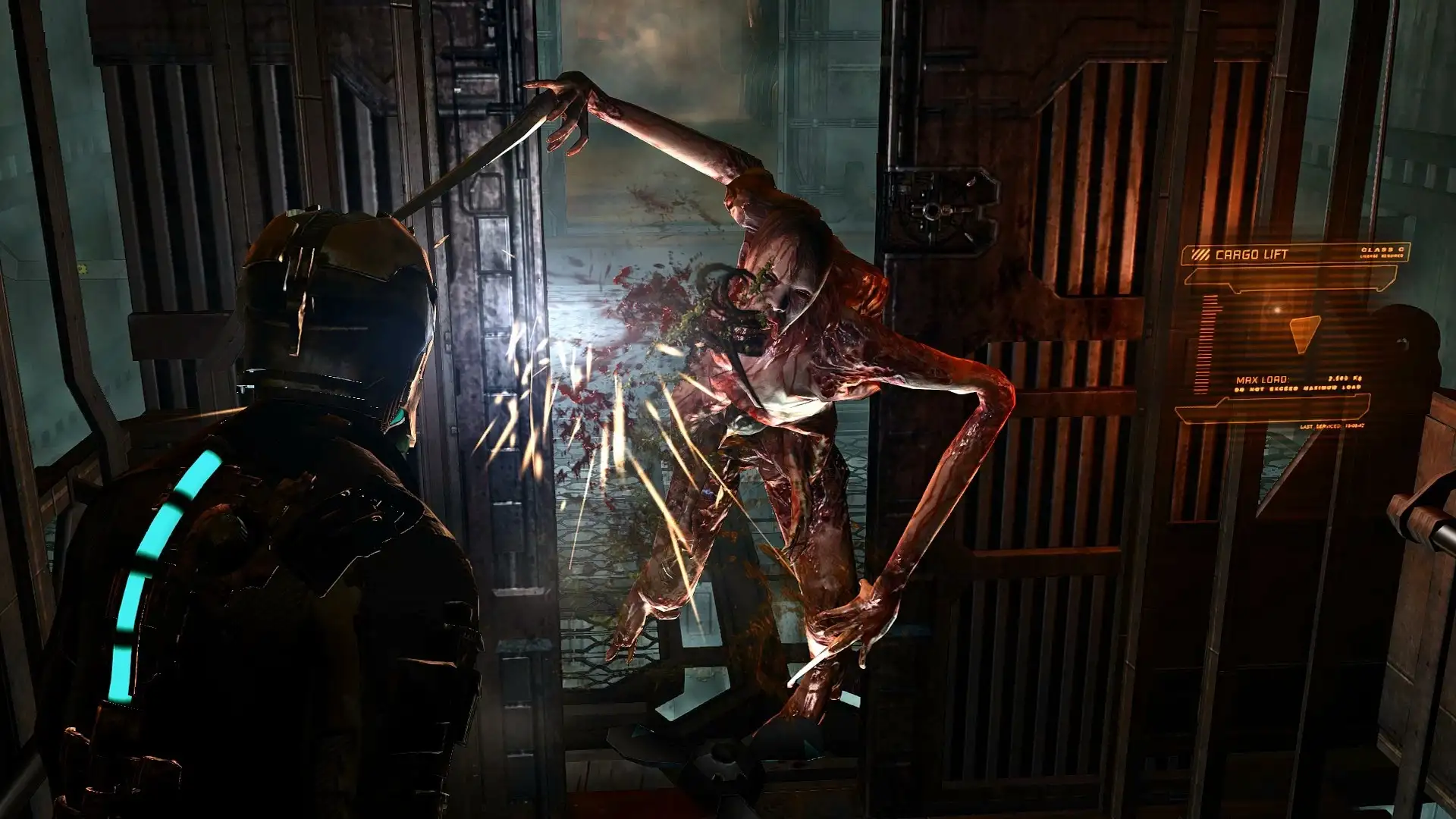
Event Horizon (1997), a film so shocking at the time that it made test audiences faint, told the tragic and haunting tale of a crew discovering something beyond evil and becoming lost to the terror that came with it. For anyone familiar with Dead Space, it won’t be surprising to hear that this film also had a massive impact on the game. Glen Schofield and his team took these films to season what was already a terrifyingly wicked soup of pure dread. His horror film influences definitely explain why at times Dead Space feels like a playable horror film, containing some extremely cinematic moments that would be boosted in the sequel.
At a time when games were (and still are) being criticised for bloody violence, I’m shocked that Dead Space somehow survived the repetitive and misguided debate that was shared so publicly by various news networks. It was fantastically cruel and violent and EA somehow managed to leave the game untouched. It was something that its sequel would take even further, with the very first section of that game showing some shit-smeared paintings for the player to observe. How lovely…
Dead Space would become infamous for its countless death scenes, so popular that you can easily find compilations on YouTube showcasing some pretty brutal endings to Isaac's journey. It’s an element that I’m sure was inspired by the Mortal Kombat series, showing Isaac being crushed, ripped apart and eaten in various ways. I remember dying so many times playing the game that I started to feel bad for him. Can’t we just cut the poor guy some slack?
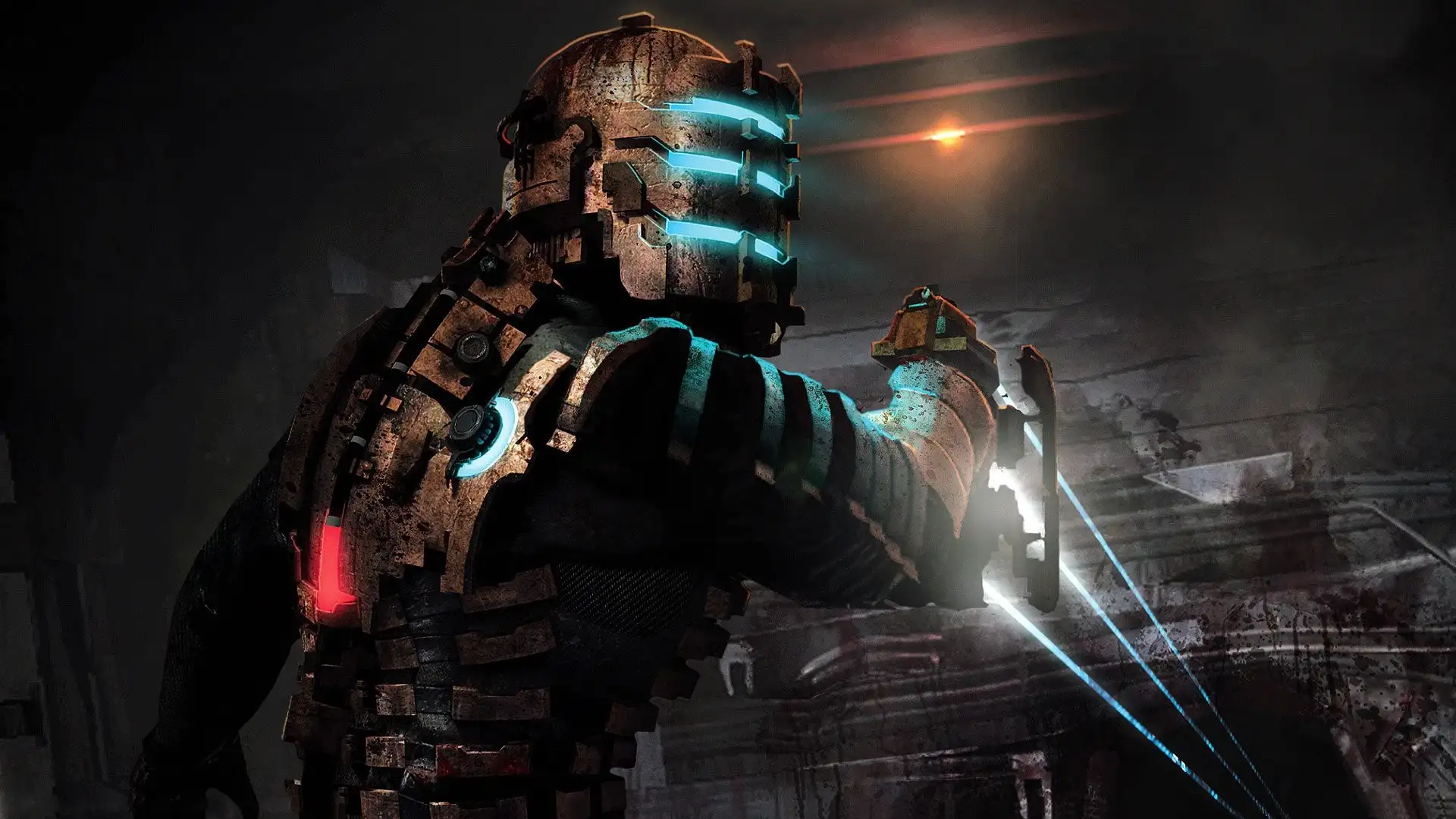
From its film inspirations to its ambitious design, Dead Space managed to be an endless spree of fleshy bits and bloodstains, all whilst leaving the player to try and manage the madness they were thrown into. It would spawn a series that received huge critical acclaim and it was surrounded by a dedicated and passionate fanbase. No matter how disgustingly gory and creepy the game manages to be, I can’t help but love it.
Dead Space marked the culmination of a studio obsessed with the horror genre and what makes people struggle to sleep at night. It’s a relentless, unforgiving and brutal title that hopefully, the team at EA Motive can somehow replicate.
